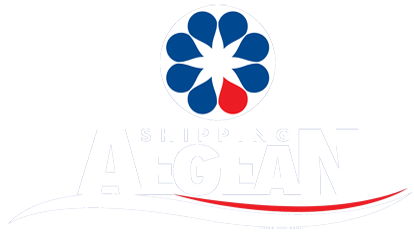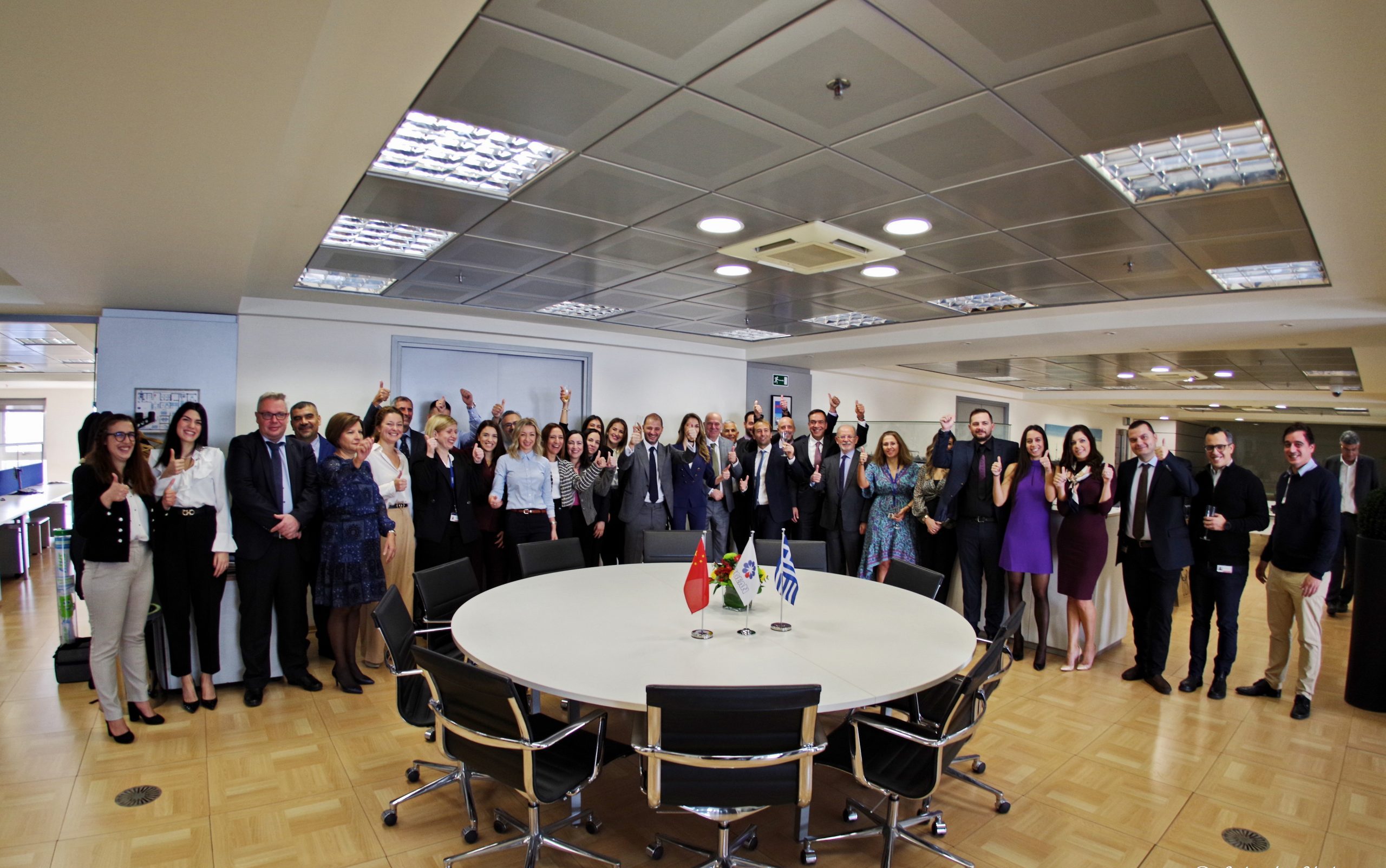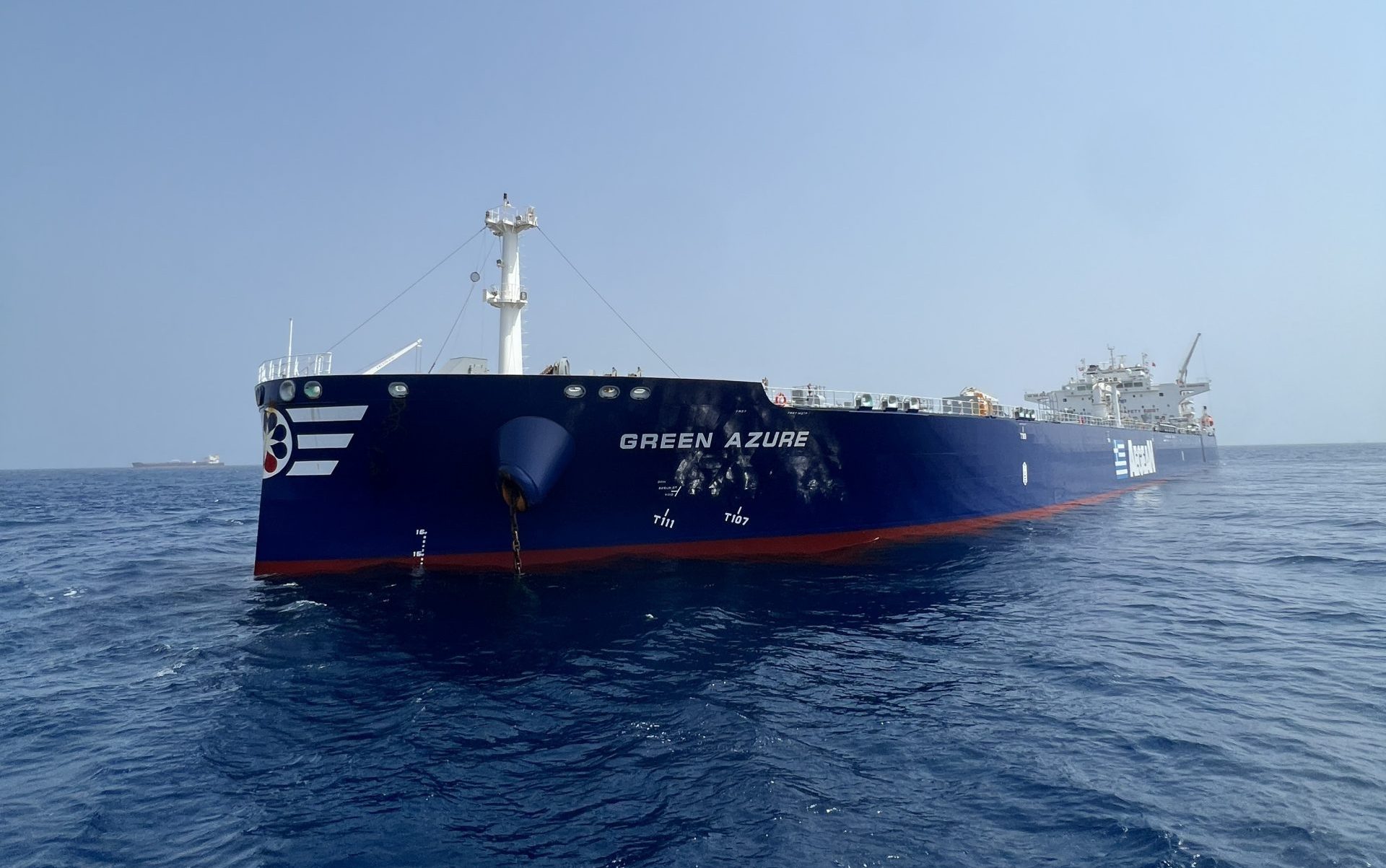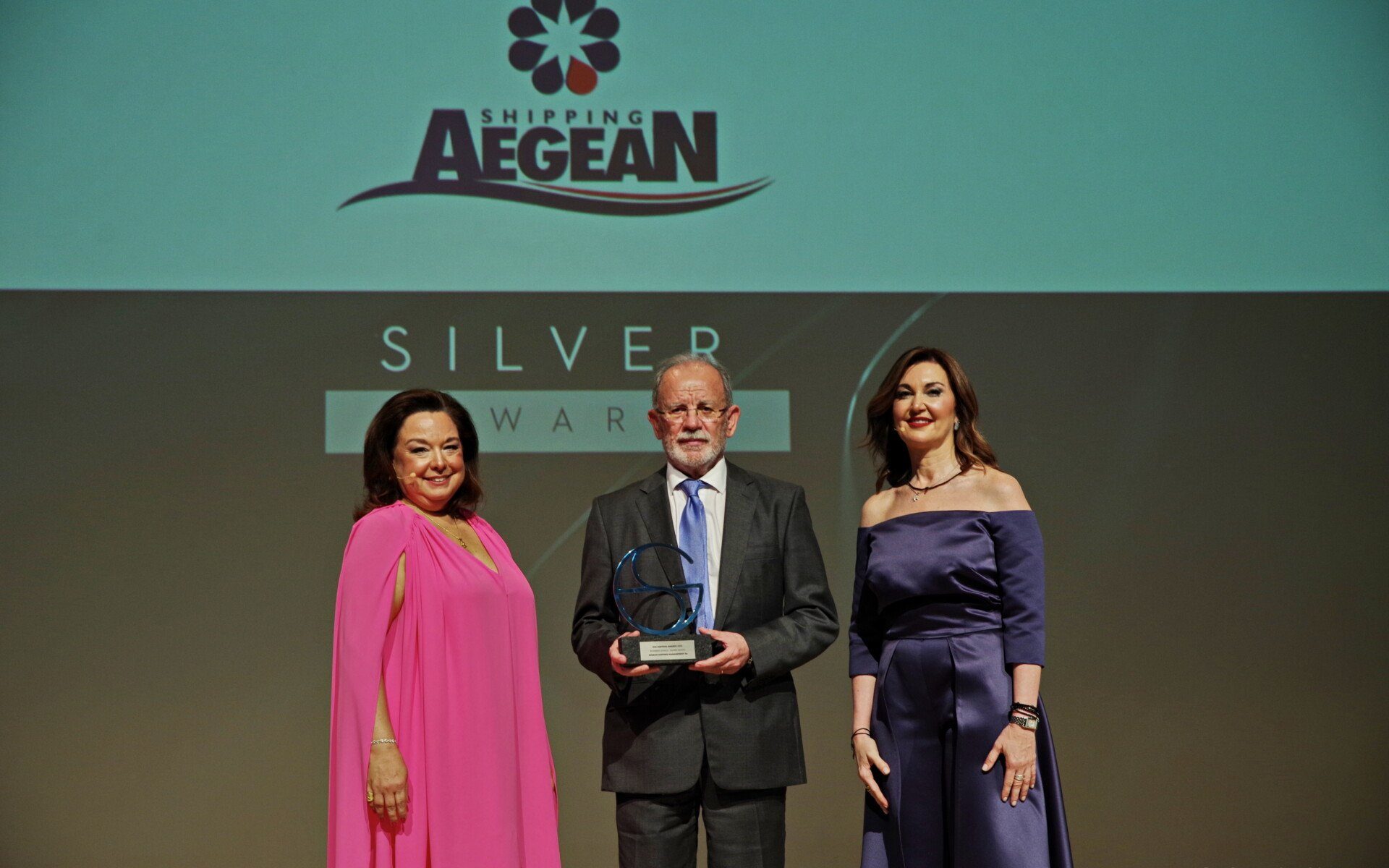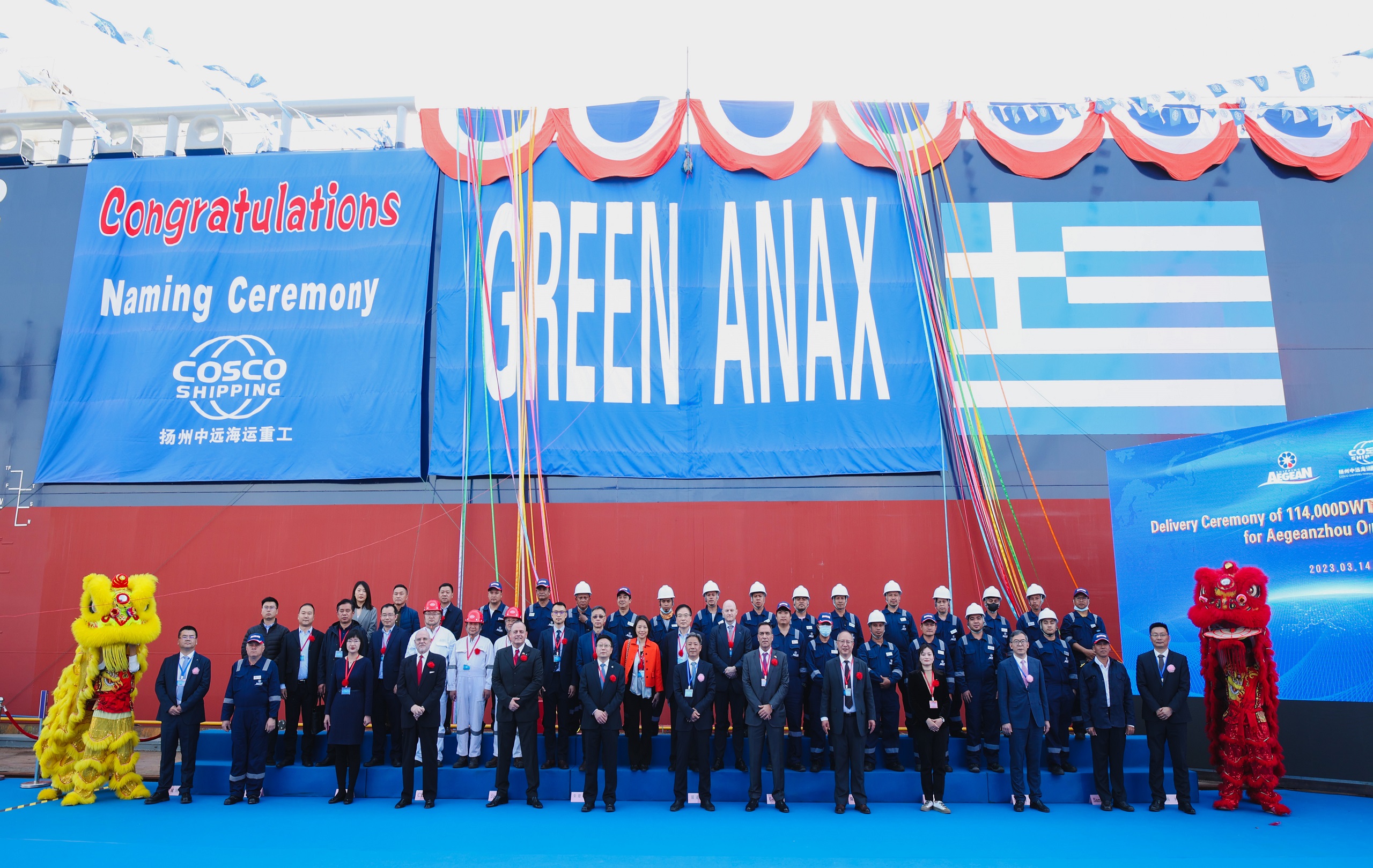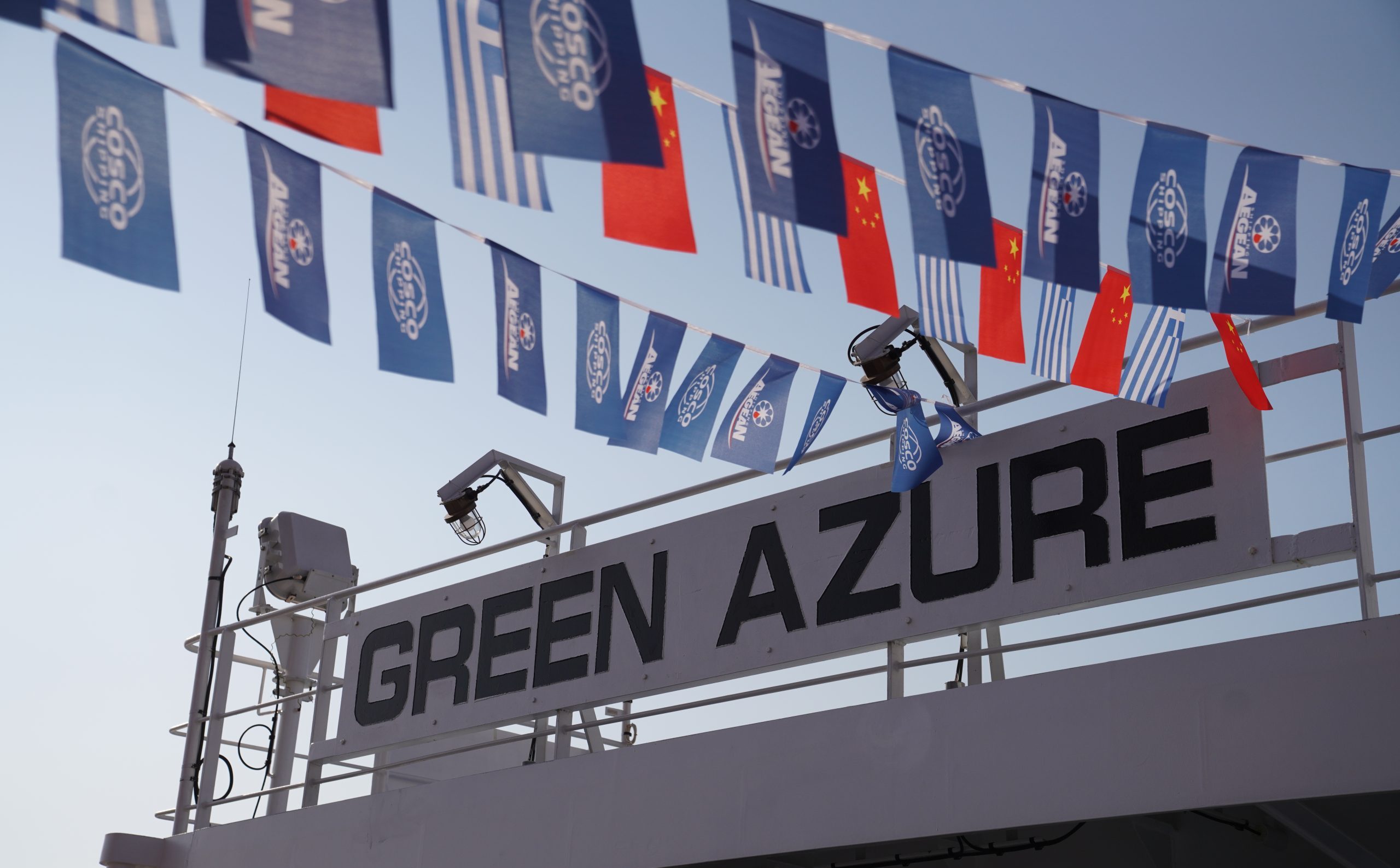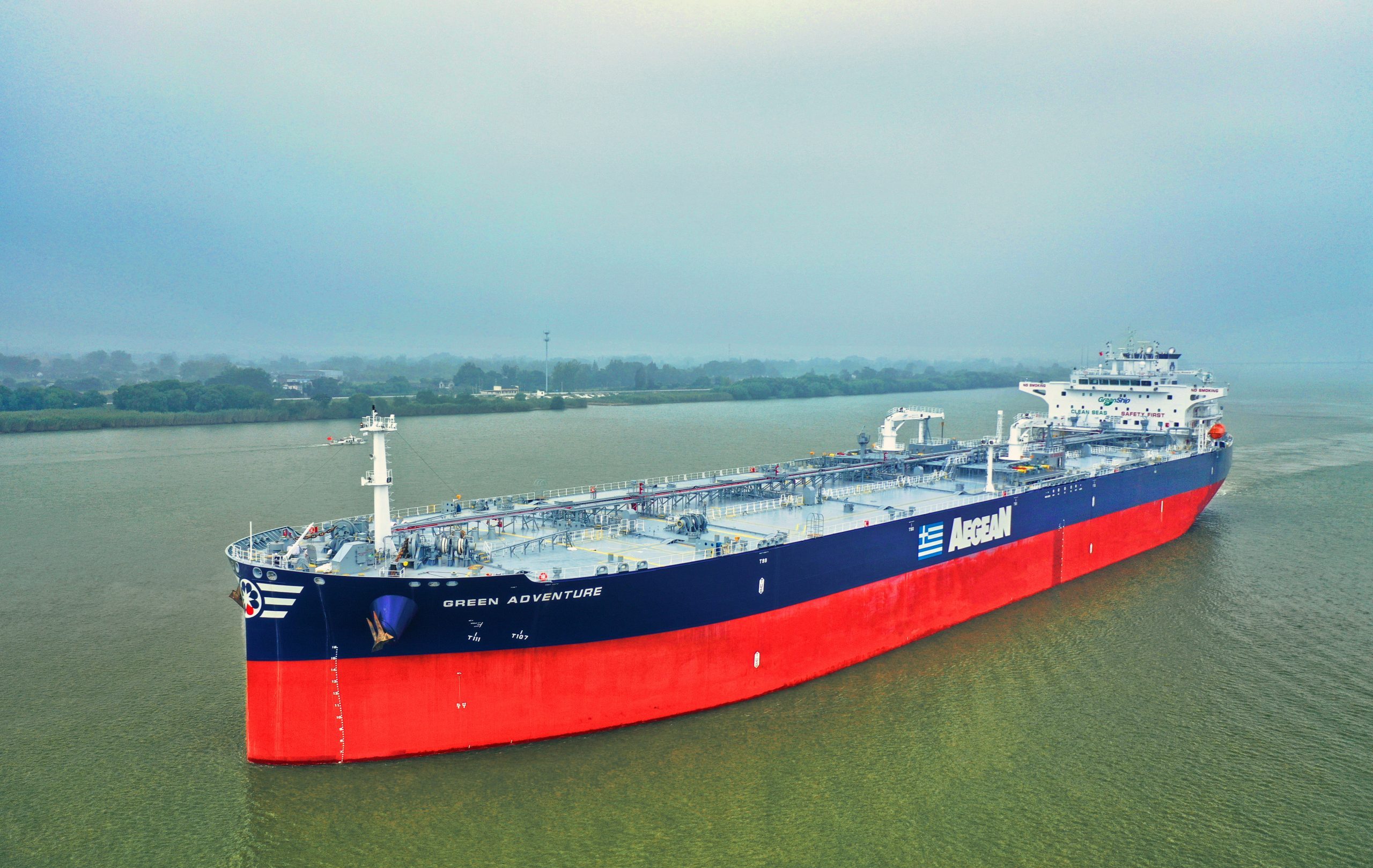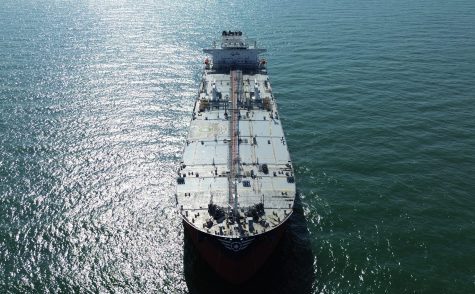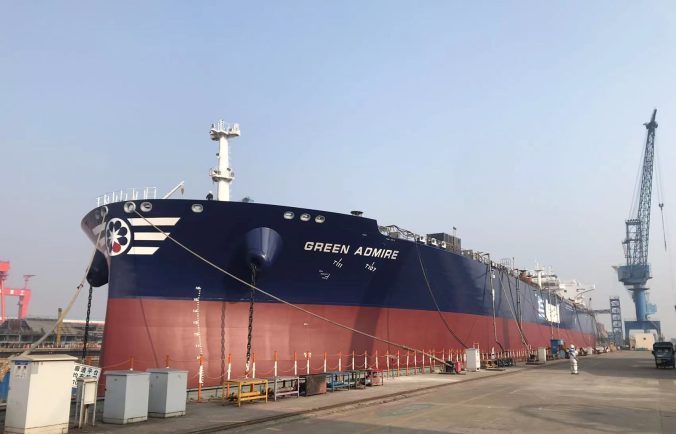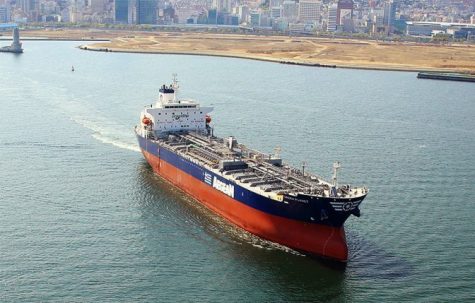Aegean Shipping Leverages New Strategies
Aegean Shipping Management S.A., one of the most innovative Greek shipping companies leverages new strategies. Aegean Shipping Management owns a modern mixed fleet of Kamsarmax dry cargo vessels, MR and Aframax has invested in the environmental excellence of its vessels meeting the most advanced and strict class requirements.
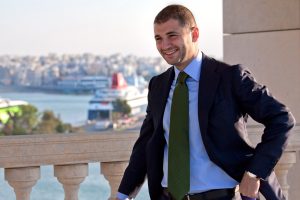
In the interview that follows Mr. George Melisanidis,
Chairman of Aegean Shipping Management S.A.,
describes the company’s innovations of technology and explains the strategy of
Aegean Shipping towards the mandatory and commercial ship inspections.
What was the effect of the Covid-19 outbreak in the charter market of all shipping sectors, positive or negative and why?
It is true that humanity has faced a lot of challenges and effects caused by the Covid -19. Of course the shipping sector, being the number one trade sector on Earth, could not stay unaffected. The pandemic affected all segments, others positively and others negatively. The Bulk Carrier market is certainly in much better shape after a long time. Same applies to Container vessels which are also in good shape. On the contrary, the tanker market suffers from a steadily low average of earnings. The average earnings had a massive hit. And it remains to be seen how the vaccination process worldwide will affect the market. Hopefully with positive results for the shipping sector!
Describe the innovations of technology and management that your company has adopted and developed in order to improve its efficiency of operations? Have you invested in R&D activities?
We have identified the need to address the requirements of the emerging regulatory and market landscape in our sustainability and decarbonization strategy, which aligns with the emerging requirements of Charterers and Financiers. Leveraging new operational strategies or advancements in ship technologies to lower carbon footprint should be measured against the performance of each individual vessel. Questions remain about whether most low-carbon energy sources can deliver the base load power required for international shipping. Additionally, it is not currently assured that an adequate supply of any fuels will be timely available. For that reason, in our strategy we have a short, mid and long-term plan that defines the transition to lower carbon intensity. When these new technologies will mature and will be tested, our strategies will be adjusted respectively
The above include:
• Develop a full decarbonization plan for our new constructions, taking into consideration different decarbonization trajectories (IMO, Banks, Charterers, States, etc.).
• Investigate new technologies for future proof ships and operations:
looking at strict EEDI levels as well as benchmarking our fleet against the CII requirements and exploring improvement options.
• Benchmark against the industry and adopt modern Digital Monitoring Tools which allow continuous improvement and provide support in decision making.
• Develop fleet performance capabilities by investing in the proper skills
How do you address the need to make fueling decisions in the medium/long term future as the technology is developed aiming at the transition to environmentally friendly fuels?
As we discussed previously, our strategy has a short, mid and long-term perspective. It is clear that a company should transition to lower carbon intensity as we move toward the next decarbonization milestone with a view of 2030 and beyond. Therefore, we continue investing in the environmental excellence of our vessels trying to meet the most advanced and strict environmental classification requirements. Furthermore, we believe that finding the right technology that would help the transition in the most techno- economically feasible way is of outmost importance. A critical element for our decision is the nature of our business and the operating profiles of our vessels. Where do we trade and how this is expected to change in the mid and long term. We investigate what are the safety implications of choosing specific fuel options and most important what should be the crew requirements and crew training that needs to take place in order for us to ensure that crew safety and safe operations are at the highest level on our vessels.
All the above are critical to the identification of the right fuel for our operation. Having said all these, I personally do not believe that the existing alternative sources are at a mature stage and there should definitely be a more comprehensive approach on that issue.
Have you taken advantage of hybrid financing instruments for your company’s fleet renewal/expansion like ship leasing, bonds, share issuances, equity funds and other alternatives?
We see a notable rise in the interest of our industry related to Green Environment, Sustainability and ESG financing instruments. There is a clear growth in this market particularly over the last 3 years. There has been a focus on project specific Green Loans and Green Bonds that adhere to specific frameworks and are used to finance particular projects in New Construction, Retrofitting or Refinancing. Holding excellent relationships with Far East, European and Greek financial institutions, Aegean financed her fleet expansion through own equity and traditional financing. In a fast changing business and banking environment, sale & leaseback seems to be an interesting alternative financing tool. Leveraging our balance sheet and reshaping our debt structure allows us to be well positioned and ready to take advantage of a good S&P market.
Do you believe in the crucial role of the human factor in shipping as the technological developments of autonomous ships, AI and block chain tend to replace the traditional model of hands- on ship management?
There are three levels in vessel autonomy:
Smart systems are systems which augment human capabilities by assisting during the Monitoring and Analysis phases. A smart system may make recommendations, but the final decision rests with the human operator. With semi-autonomy, the system can choose from multiple options in both pre-defined and unexpected scenarios. Once the decision is made, the system or human needs to follow up with appropriate actions to achieve the intended objective. These actions can be taken by the human, a combination of human and system, or solely executed by system automation.
Total autonomous system or function will be one where all steps in the operational decision loop will be carried out by machines. The role of humans in such systems will be supervisory with the option to intervene and override the actions being carried out by the system. Regardless of the level of autonomy, we believe that the human element will remain critical at least for the near future since it will always be needed either to guide or supervise the system and intervene or override when necessary.
In a shipping market of continuous uncertainty and turbulence what is the biggest challenge for Greek and international shipping? Do you believe that regional regulations, ETS (Emission Trading System) and other events will reshape the shipping industry?
Given the call for decarbonization and the emerging landscape of requirements, the biggest challenge for a shipowner, is to identify how to reform his strategy and keep it continuously updated with solid and science-based information. The short-term regulatory landscape is currently in a constant shift while the long-term goals are ambitious and call for immediate action. This allows for different speeds in the global field, as we see regional regulations and schemes emerging in an effort either to complement or push global requirements. This creates another layer of complexity for the shipping industry that is by its nature International and operations are based on assets that are build under a business plan which usually has a couple of decades as amortization. We discussed about the complexity of creating a proper strategy and choosing the right technology solutions for the right trade. The industry is not yet confident that there are either clear requirements that will assist the long-term planning or existing technologies that can support it.
Therefore, it is of paramount importance the technological solutions as well as the regulatory framework to support them, needs to be in place the soonest possible, given the imminent actions that the 2030 and 2050 ambitions are calling for.
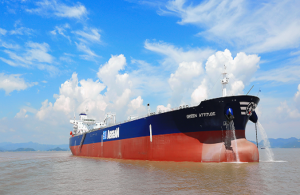
What is your opinion for the mandatory (PSC, USCG, Flag, P&I) and commercial (Major Oil Companies, Charterers, Financiers) ship inspections?
The purpose of all inspections is to evaluate that ships condition, equipment and crew compliance with the requirements laid down from international conventions, and ships are operated under the required safety, security and quality standards.
I personally believe that all inspections, internal and external, have contributed significantly in the improvement of safety, security, quality, health and the protection of the environment, in merchant shipping. In our organization, we have not experienced any pollution incident, a significant ship accident or a ship detention the last five years. We are proud to announce that 2020 has ended with zero accidents, and zero Lost Time injuries. We strongly believe that the target for zero accidents and incidents in shipping industry is achievable, and we are working hard to maintain this goal.
